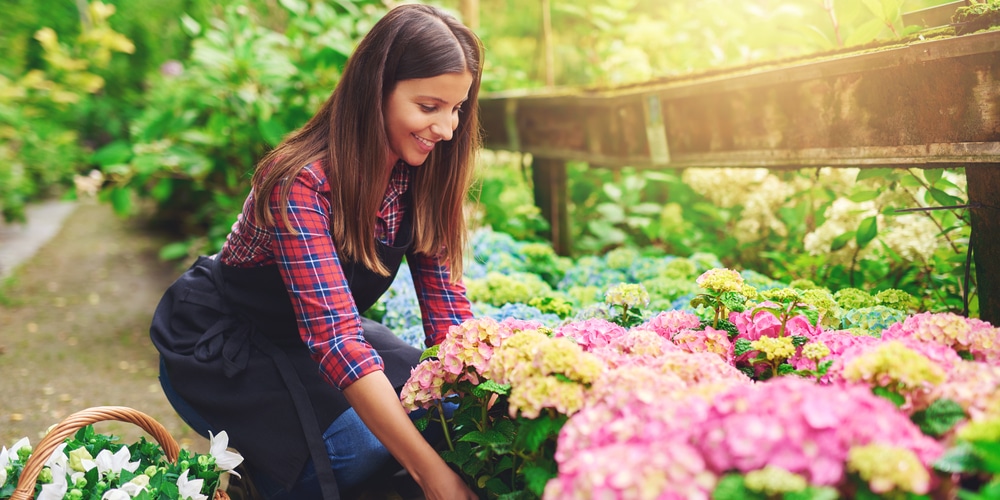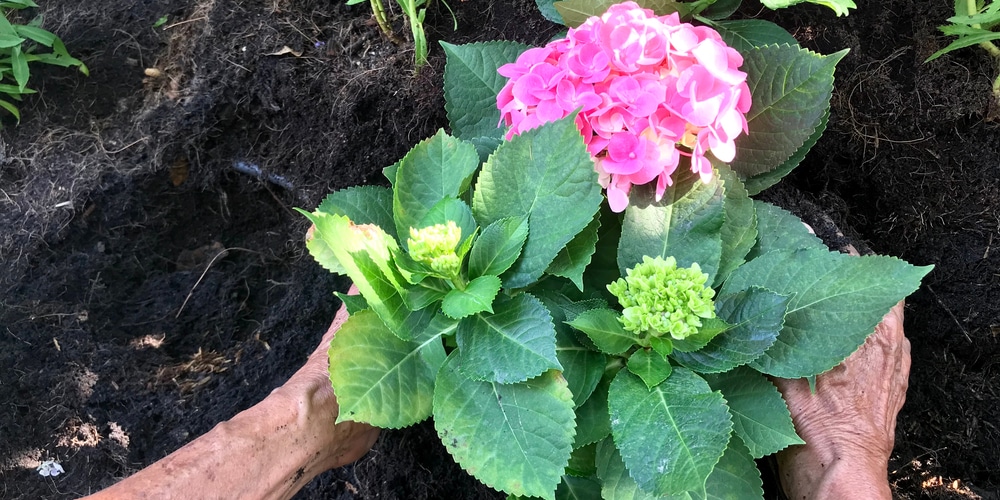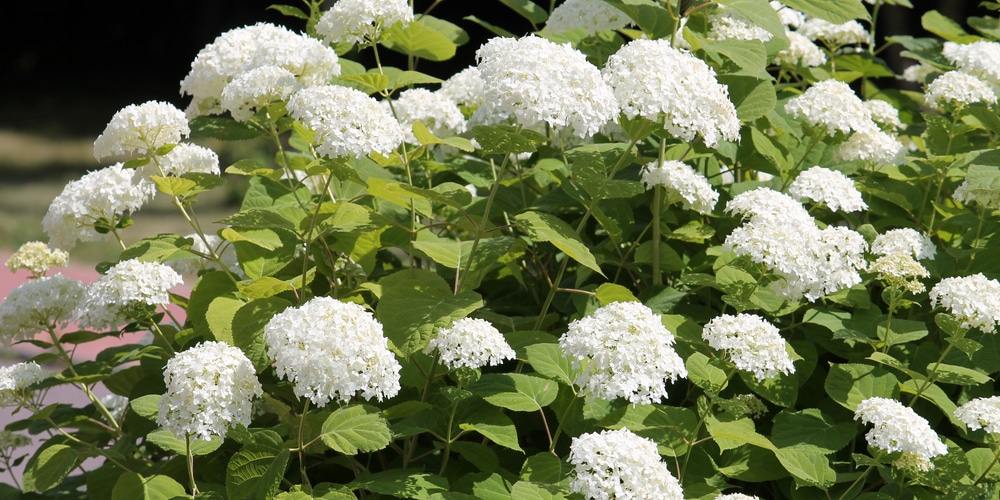Hydrangeas are stunning flowering shrubs that will make your garden lovely. Despite their high-maintenance appearance, under the ideal growing conditions, these plants don’t require much attention from your side.
Indeed, if they establish themselves in your garden, you’ll notice them spreading fast. But what can you do when your hydrangea outgrows the spot you chose for them?
Or what if you need to change their location? If you want to find answers to these questions, keep reading. We collected all the information you must know about transplanting your hydrangea in this essential guide!
How to Transplant Hydrangea
The good news is that transplanting hydrangea isn’t anything out of this world. Still, you should pay attention and do it properly to avoid harming your gorgeous plants.
To begin with, you must transplant your hydrangeas at the right time of the year. Ideally, it would help to do so before the ground freezes but after your plant’s blooming season.
Doing so will minimize stress on your hydrangea and ensure it has enough time to establish itself in the new location. Of course, the exact transplantation date will depend on your local region’s climate. Usually, November is the ideal month for colder areas.
Instead, people living in a warm region can transplant their hydrangea between December and February.
And this point leads us to the next: selecting a suitable spot for your hydrangea. Remember that these plants perform better under partial shade. You should pick a location that receives the morning sun. If you live in a warm place, consider selecting one that gets protection from the scorching afternoon sun rays.
Also, the new spot should be large enough to accommodate your hydrangea’s spread. To give you a sense of the ideal size, look at the rootball: it should fit where you plan to plant it.
Part of transplanting your hydrangea involves digging it from the soil. You must do so carefully, as a plant’s roots are delicate and susceptible to damage. Depending on the size of your hydrangea, this process might cost you some effort. Consider getting help if necessary to avoid harming your plant.
Planting Your Hydrangea in A New Location
After digging out your plant and selecting a suitable spot, you should be ready to move your hydrangea where you planned. You can add a starter before filling the hole with a substrate to reduce shock and optimize the roots’ establishment. Applying a germination starter can help your plant adapt to the new growing conditions.
Also, selecting adequate soil is crucial to your plant’s health. Select well-draining and fertile mixes for better results. Don’t forget to maintain your plants moist (especially during the establishment phase).
Your hydrangeas will need deep watering right after you have transplanted them. Of course, you must avoid overdoing it. After all, your hydrangea will be dormant (if you follow our tips), meaning it won’t absorb as many nutrients as it does during the spring or summer.
Feel the soil with your fingers before adding extra moisture to your plant. If the leaves wilt, but the substrate isn’t dry, consider misting your plant with some water.
Also, fertilizing your hydrangea will be crucial (especially the first two years after moving it). Purchase a suitable product and follow the instructions you find on its label.
Mulching will also help to increase water retention and improve drainage. Apply a thick layer of organic mulch around the base of your hydrangea. Doing so will also protect your plant from the heat or cold.
Why Should You Transplant Your Hydrangea?
So, now that you know how to transplant a hydrangea, you may be wondering why you should do it. Usually, the most common reason for moving a plant to a different location is because it has grown too big for the current one.
Since hydrangeas can grow up to six feet high, you may have to transplant yours somewhere it will grow undisturbed. Alternatively, you may have to move your plant because it isn’t doing well in its current location.
For instance, if its leaves are burning or the flowers show discoloration, you will have to find a new place for your plant. Sometimes, the issue might be even more severe. For instance, if your plant is suffering from an infection, moving it to a different location (with a new substrate) is the easiest trick to minimize the spread.


